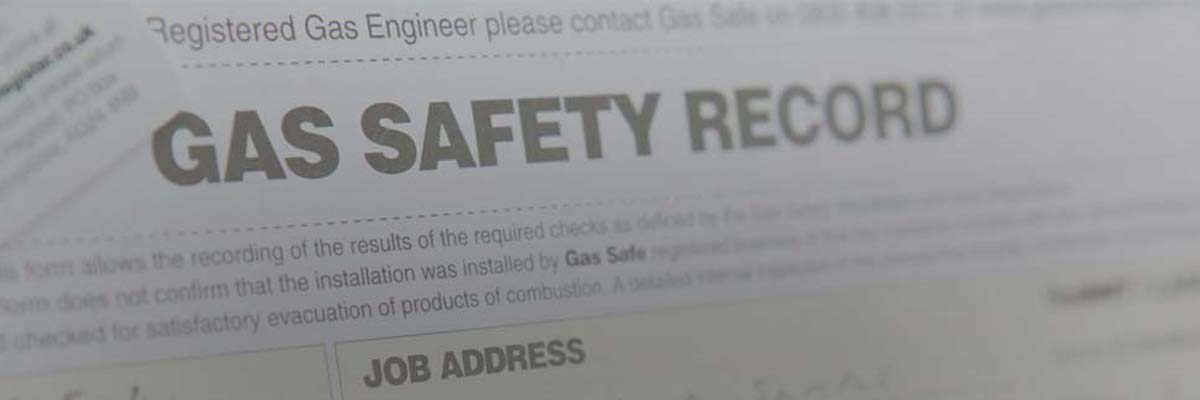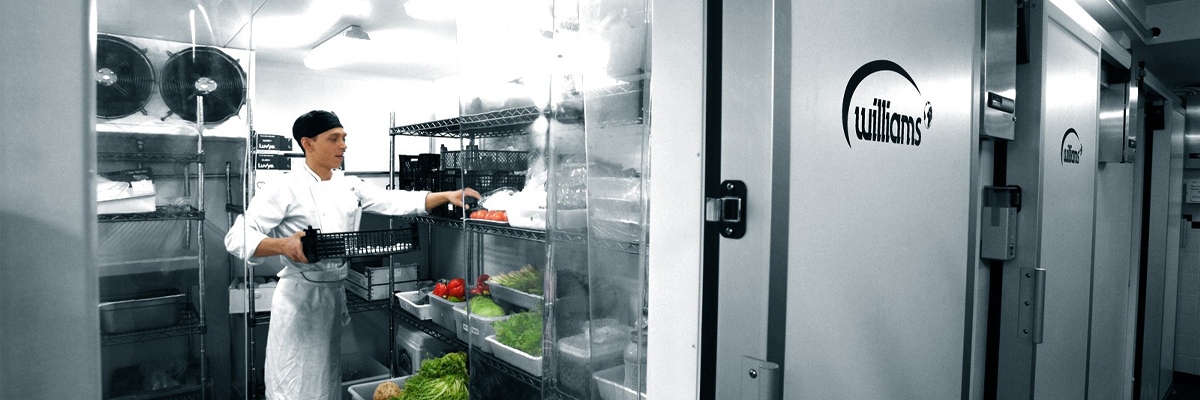A Guide for Commercial Kitchen Requirements and Regulations
Operating a commercial kitchen is not easy! Every now and then there can be issues with equipment breakdowns, staff relations, and many more whilst trying to satisfy hungry customers. The most crucial thing to remember is to make sure your commercial kitchen is compliant with UK regulations. Do you know what makes your kitchen safe, compliant, and legal?
So, what are commercial kitchen regulations in the UK?
Disclaimer: We have been as comprehensive as possible, and all information is correct at the time of publishing. Always consult your Local Authority and Environmental Health Officer/Food Safety Officer for up-to-date guidance and seek legal advice where appropriate.
The commercial kitchen regulations are an extensive category that consists of invaluable information for the practical, safe, and sanitary running of commercial kitchens. All kitchens must follow these regulations to ensure your kitchen is safe. Following these rules guarantees that you will not end up with a heavy fine, or worse, behind bars
Fire Safety, The Regulatory Reform (Fire Safety) Order 2005
It is essential to have at least one portal fire extinguisher located in your kitchen. You should also have fire suppression features in your ventilation system, these offer a unique way of putting out a fire quickly and efficiently. These systems should be changed annually, tagged, and dated accordingly. It goes without saying that all exit doors and pathways should be kept clear and equipment free.
Gas Safety, Installation and Use Regulations 1998
All gas appliances need to be CE marked to verify that they are safe for use and since leaving the EU, should also carry the UKCA (UK Conformity Assessed) mark for any new catering equipment purchased or installed. Commercial kitchens should be fitted with a Natural Gas and Interlock System to abide by British Standards. This system guarantees that gas passes safely into your appliances and reduces the risk of accidents, carbon monoxide leaks and explosions.
Water Regulations Advisory Scheme (WRAS)
It is key to make sure all the water in your commercial kitchen is going where is it supposed to. Make sure that drinking water is not being contaminated from waste pipes coming from dishwashers and sinks. You can ask any water treatment companies to check your equipment is WRAS compliant with a work completion certificate.

Equipment Maintenance, Provision and Use of Work Equipment Regulations 1998
Scheduling regular maintenance on your catering equipment is necessary. Your equipment should be checked by a qualified service engineer so that repairs can be carried out, and faults can be flagged.
This is not only important for the safety and longevity of your equipment, preventing downtime and having to disappoint customers with reduced menus, but also the safety of your team or brigade. A safe kitchen is a happy kitchen!
Slips and Trips, The Management of Health and Safety at Work Regulations 1999 (Regulation 3)
Your commercial kitchen should be fitted with non-slip flooring.
All potential risks, such as food spillages, must be cleaned up as soon as possible. Using drip trays and mats for extra grip will prevent these spills and trips.
Floor signs should also be available to use when liquid is spilt for staff to actively avoid those areas until dry.
Kitchen Ventilation, The Workplace (Health, Safety and Welfare) Regulations 1992
Ventilation works by dispersing and removing heat and bringing in clean cool air into the kitchen. In a commercial kitchen, it is essential to have suitable and effective ventilation. Cooking surfaces and systems which produce large amounts of fumes, vapours and heat must be ventilated by a hood fan, particularly kitchens that contain gas commercial kitchen appliances and open flames, such as chargrills.

Refrigeration and Temperature Control, F-Gas Regulations 2007/2015
The food health and safety legislation states that food needs to be reduced from 70°C to 3°C in no more than 90 minutes when in the cooling process. Or from 70°C to -18°C in no more than 240 minutes when freezing. A danger zone is created between 5°C and 63°C. To make sure food is not left at this temperature for too long, blast chillers are used to cool food quickly, and to maintain the flavours and textures of the food.
A solution on the market designed to streamline food safety and refrigeration temperature management for operations teams is MonikaPrime. Its equipment management package integrates wireless temperature monitoring into fridges, freezers, blast chillers, incubators, and cold rooms. These monitors automatically record temperatures every seven minutes and can even predict potential equipment failures before they occur, preventing costly breakdowns. Eliminating the need for manual paper records, MonikaPrime simplifies compliance and reduces the risk of human error in temperature tracking.
Waste Disposal, Building Regulations 2000, pt. H-Drainage & Waste Disposal 2002 Edition
The law states that all hazardous waste must be correctly disposed of. This is because toxic waste can seep into the ground, contaminating water supplies. Leading to widespread disease!
All your kitchens waste must be disposed of in a hygienic and environmentally friendly way. Food waste and rubbish must also be removed from areas in the kitchen where raw or cooked food is present as quickly as possible. Waste can be a form of contamination, either by touching food preparation areas or by attracting pests. This waste must go into containers that are kept clean and can be closed shut.
Fats, oils, and grease must be disposed of appropriately, but always check with your local authority first. There are special treatment systems for FOGs to break these down before entering the drainage system. Technologies also exist to “bio-digest” these wastes too. Local authorities are clamping down on FOGs released into sewer networks that can cause “fatbergs”. This is one area that you should treat seriously and focus on in 2022.
We can manage your FOGs!
The Environmental Act 2021
The Environmental Act 2021, which was passed in November 2021, is aimed at reducing plastic use, having a clearer labelling system and have separate food waste collections.
One key area of the Environmental Act for any commercial kitchen operator surrounds separate food waste collections, which will be a crucial area of change for the hospitality industry. As of 2023, businesses will now be required to separate their food waste from their general waster and have it collected separately.
Therefore it will be crucial to limit the amount of food waste produced either from preparation and the cooking process, or from diners plates! As it is likely that biodigesters and water-to-waste practices will no longer be compliant with new legislation.
However there are other solutions which can reduce the size of your food waste collections by dehydrating the food waste and compacting its size; this means you might only need one small domestic sized wheelie bin collection per week as opposed to a larger 1100 litre “Biffa bin” style.
Food Hygiene, The Food Safety Act 1990
The most important topic when it comes to running a commercial kitchen. You need to keep your staff and customers healthy. Always make sure that food areas are cleaned and disinfected as you go throughout your day. This reduces cross-contamination, vitally important when it comes to allergens and different dietary requirements.
When cooking, especially meat, make sure it is thoroughly cooked to remove the risk of harmful bacteria that could lead to food poisoning.
It’s also key to prevent cross-contamination of meat-based products with vegetarian and vegan dishes. For example, you may even need to consider a different fryer for vegan foods.
We’re experts in designing hygienic kitchens!
What if I rent my commercial kitchen space?
The good news for you is that your landlord/supplier will have made sure the commercial kitchen you are renting meets most of the regulations covered above. However, it is important to check your leasing contract terms regarding the responsibility of equipment and the building, to ensure which regulations you are responsible for.
However, you should request a boiler safety inspection report, an electrical safety certificate and a commercial kitchen gas safety CP42 certificate for your own records.
Do I need to consider my kitchen layout?
All commercial kitchens are varied and will have different needs. However, you will need to consider your layout! Not only is your layout important to food and personal safety, but it is one of the major factors to operating an efficient catering business.
You should consider the most important factors when it comes to making your kitchen efficient and ergonomic.
- Does your kitchen have enough space for raw goods and packaging (if offering takeaway)?
- Do you have enough space for food prep?
- Does your cooking area flow between prep and pass without causing issues?
- Do you have a heated area to keep food hot whilst it is waiting for service?
- Do you have room for ware washing?
- Do you have enough bins to cope with your waste?
Click here to read our factors to consider when planning your commercial kitchen design and layout guide.
As a business, it is your responsibility that your commercial kitchen meets all these regulations. We hope this guide has made it easier for you to follow and understand what you need to do! If you require any further assistance to help make your kitchen compliant or reconfigure it to make it more efficient, please contact us below.

